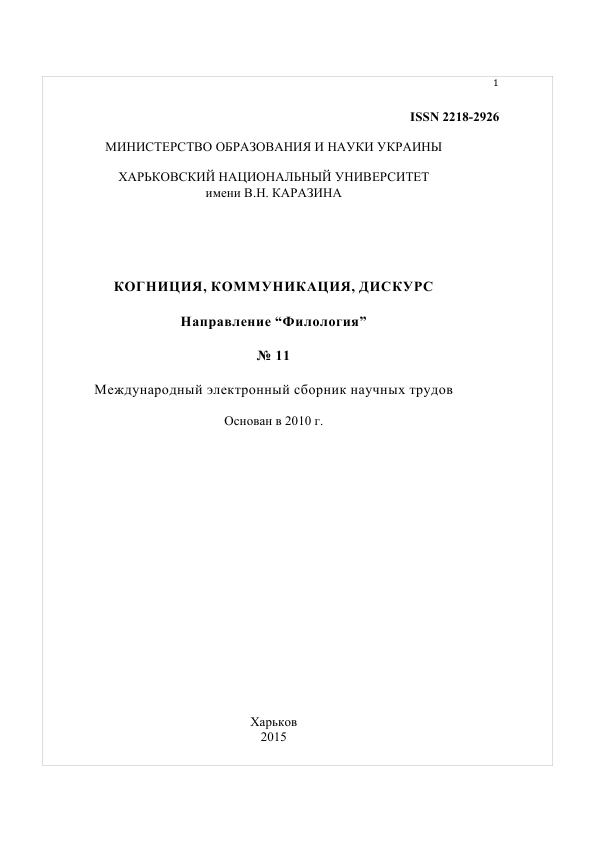Speech Etiquette in a Multi-code Space
Abstract
In the paper, some forms of speech etiquette in different linguocultures are analysed from the communicative-pragmatic perspective in Armenian, American, and Russian linguistic cultures: compliment, greeting, farewell, gratitude, and others. Differences in their interpretation and functioning are shown.
Downloads
References
Formanovskaja, N.I. (1989). Rechevoj etiket i kul’tura obschenija [Speech etiquette and the culture of communication]. Moscow: Vyschaja skola.
Gachev, G. (2003). Mental’nosti narodov mira [Mentalities of the peoples of the world]. Moscow: Eksmo.
Grishajeva, L.I., & Tsurikova, L.V. (2006). Vedenije v teoriju mezhkul’turnoj komunikacii. [Introduction to the theory of intercultural communication]. Moscow: Academia.
Matevosian, L.B. (2005). Statsionarnoje predlozhenije: ot standartnovo k original’nomu [Stationary sentence: from standard to original]. Moscow, Yerevan: Yerevan University Press.
Pavlovskaja, A.V. (2003). Kak imet’ delo s ruskimi. Putevoditel’ po Rosiji dlja delovikh ljudej [How to deal with the Russians. Guide-book around Russia for businessmen]. Moscow: Moscow University Press.
Pavlovskaja, A.V. (2006). Italija i italjanci. [Italy and the Italians]. Moscow: Olma Media Group.
Ter-Minasova, S.G. (2008a). Jazik i mezhkul’turnaja komunikatsija [Language and intercultural communication]. Moscow: Slovo.
Ter-Minasova, S.G. (2008b). Vojna i mir jazikov i kultur [War and peace of languages and cultures]. Moscow: Slovo.
Wierzhbicka, A. (1997). Jazik. Kul’tura. Poznanije [Language. Culture. Cognition].Moscow: Russian Dictionaries.
Authors, who publish with this journal, accept the following conditions:
The authors reserve the copyright of their work and transfer to the journal the right of the first publication of this work under the terms of the Creative Commons Attribution License (CC BY), which allows other persons to freely distribute a published work with mandatory reference to the authors of the original work and the first publication of the work in this journal.
Authors have the right to enter into separate additional agreements for the non-exclusive dissemination of the work in the form in which it was published by this journal (for example, to post the work in the electronic institutions' repository or to publish as part of a monograph), provided that the link to the first publication of the work in this journal is given.
The journal policy allows and encourages the authors to place the manuscripts on the Internet (for example, in the institutions' repositories or on personal websites), both before the presentation of this manuscript to the editorial board and during review procedure, as it contributes to the creation of productive scientific discussion and positively affects the efficiency and dynamics of citing the published work (see The Effect of Open Access).




